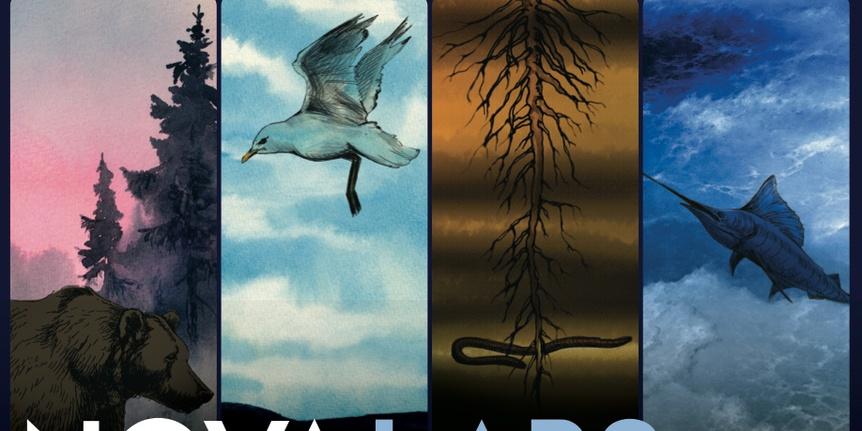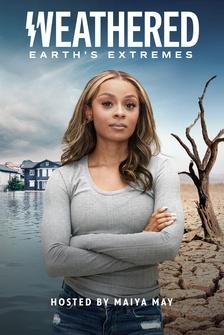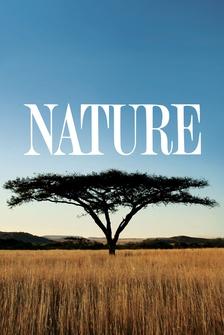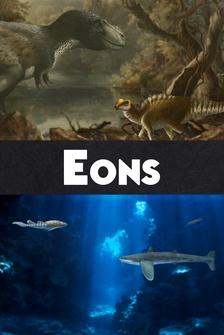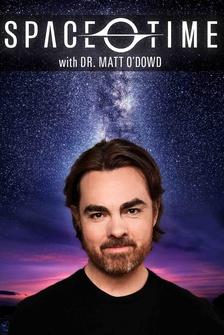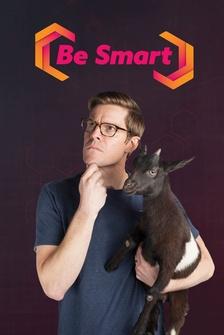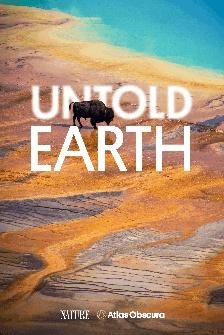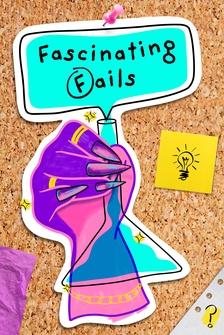- [Narrator 1] An asteroid, the size of Mount Everest is on a direct collision course with Earth.
(dramatic music) (asteroid roaring) - [ Narrator 2] It is difficult to imagine what it would've been like to be a dinosaur on the surface that day.
(asteroid whizzing) (asteroid thudding) - [Narrator 3] This was one of the worst mass extinctions in Earth history.
(dramatic music) - [Narrator 1] But how could an impact on one side of the planet wipe out species on the other side?
In the hours after the chaos of the initial impact, debris and dust thrown up by the collision combine with soot and ash from wildfires, forming a vast gray cloud, (dramatic music) which engulfs the entire planet and causes death and destruction on a global scale.
- [Narrator 4] This would've put, we think, about 325 billion tons of sulfur into the upper atmosphere, and this is where this impact really had its devastating effect.
- [Narrator 1] With less sunlight reaching the surface, it becomes dark and cold, plunging the planet into a global impact winter.
- So we end up with a lot of sulfur in the upper atmosphere, and the atmospheric circulation moves this material around the planet.
- Unlike carbon dioxide, that traps the heat from the Sun, sulfur does the opposite, and it actually reflects a lot of the radiation that's coming in from the Sun.
(dramatic music) - [Narrator 5] We have an estimate that about 75% of all living plants and animals at that time went extinct as a result of the asteroids impact.
- [Narrator 6] So it was really that global impact winter that sealed the fate of most of the dinosaurs.
(dramatic music)


